
Mimosa hostilis, formerly known as Mimosa tenuiflora or Jurema, is a perennial tree or shrub which grows natively in tropical forests from Southern Mexico to Northern Brazil, including Central and South American countries of El Salvador, Honduras, Panama, Colombia, and Venezuela.
The plant belongs to the Fabaceae family of peas, which numbers over 16,000 species. Aside from its two synonymous botanical names, it’s also referred to by a number of local-specific nicknames, including Jurema Preta (Negra), and Calumbi in Brazil, Tepezcohuite in Mexico, Carbón, Carbonal, Cabrera, or Cabrero in Colombia, Honduras, and Venezuela.
Once an ingredient for a widely-used intoxicating potion, the scientific inquiry into this powerful plant has been largely abandoned, while the colonizers of its native lands have all but eradicated its ritualistic use. Nowadays, the plant continues to be used in the local contexts of its origin for its traditional medicinal properties, while the root bark of the plant is popular with psychonauts worldwide due to its legality and high DMT content.
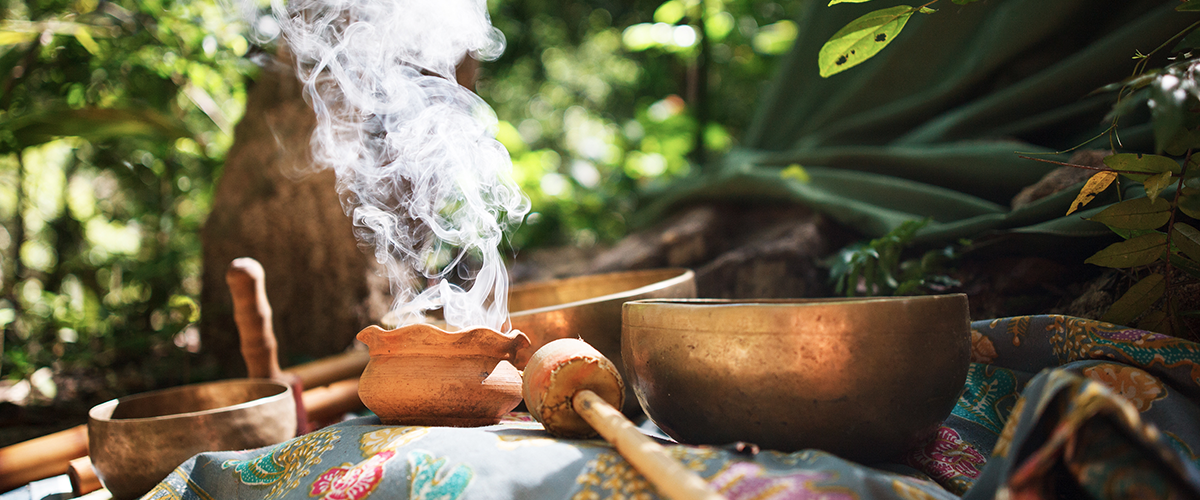
Based on its ancient name Tepezcohuite, Mimosa hostilis is thought to have been used in traditional indigenous medicine since the ancient Mesoamerican civilizations, who may have been the first to realize its therapeutic properties. Pre-Hispanic cultures, such as the Maya and the Nahua, may have used it to heal skin lesions and inflammations, and for cosmetic purposes.
These civilizations likely did not use Mimosa hostilis for its entheogenic properties, as its full psychoactive potential cannot be unleashed unless it’s consumed with a plant which contains ß-carboline MAOI alkaloids such as B. caapi, used to make ayahuasca in South American indigenous cultures (including in Southern Brazil) or Syrian rue (Peganum harmala), which is now also a popular MAOI choice for making ayahuasca analogs. Discovering the DMT-MAOI synergistic effect is thought to have originated much later, in the Siona indigenous community around the upper Putumayo River, on the border between present-day Ecuador and Colombia.
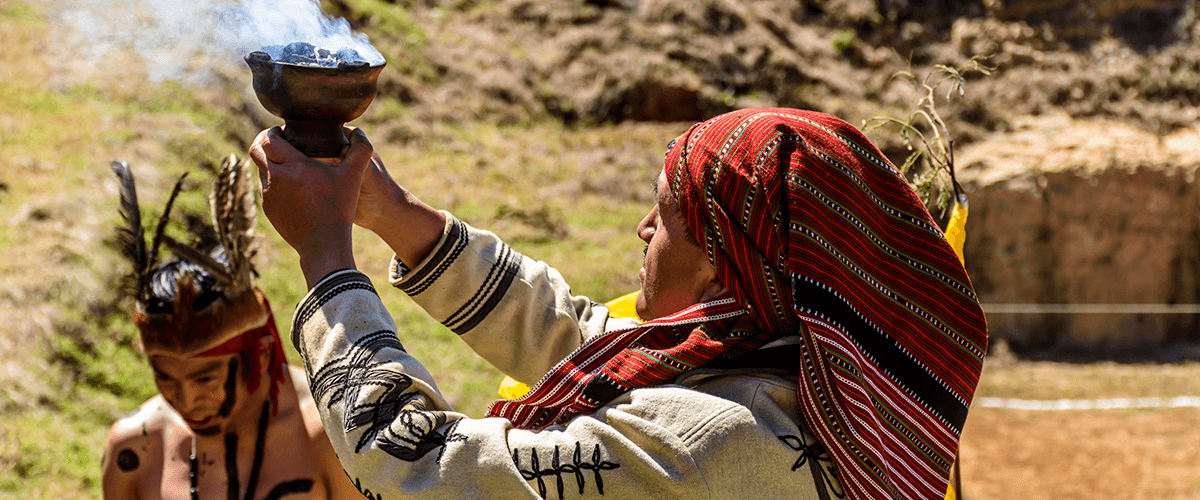
Written records of indigenous customs in Northern Brazil are virtually non-existent, but we know that, at some point, communities living in the tropical forests of this area started using the plant for ritualistic purposes. Vinho da jurema (Jurema wine) or ajucá, the inebriating brew made from Mimosa hostilis, was drunk in shamanic healing ceremonies within the Jurema Cult (O Culto da Jurema), which is thought to have emerged in the indigenous communities of the Tupí people. Ritualistic drinking was first described in 1788.
This cult was and still is, dedicated to Jurema, the goddess of the forest and the daughter of Oxalá, the divinity associated by the indigenous people with the creation of the world and the human species. According to the lore, Jurema presides over the mythic paradise of the afterworld, which bears her name as well. Nowadays, Mother Jurema is also invoked in prayer ceremonies in the Santo Daime, a Brazilian syncretic religion in which hoasca (ayahuasca) is consumed ritually.
The traditional vinho da jurema consumed by the Jurema Cult is said to induce intense psychoactive effects, including visions and a sense of visiting spiritual realms, as well as vivid and meaningful dreams after the ceremony. However, as the root bark-only drink is not strongly psychoactive, the Cult’s preparation likely included the infusion of maracujá (passionfruit) juice, which contains a moderate amount of ß-carboline alkaloids, which, in turn, could act as MAOIs and potentiate the DMT within Mimosa hostilis.
Additionally, the consumption of vinho da jurema is done in a highly ritualistic setting, involving shamanic singing and dancing and resulting in what is often described as trance possession of the participants. It’s possible the boost from the maracujá juice could, in part, be responsible for this enchanted state, as well as the other psychoactive effects experienced in these ceremonies. But, the setting itself, as has been demonstrated in various kinds of ceremonies worldwide, can be more than enough for achieving states of trance even without the use of psychotropics.

After the Hispanics’ arrival and until the 19th century, drinking jurema was labeled as witchcraft by the colonizers, with many of the users being arrested or worse for these “demonic activities.” However, the Jurema Cult was not only about the rituals involving the drinking of the brew. It was rooted in indigenous mythology, and the complex of concepts surrounding the spirit of Jurema persisted, although not very defiantly, throughout the invasion and into contemporary times.
The drinking of vinho da jurema itself also either survived into the 20th century, albeit in a much more underground fashion, or it reemerged then as a means of strengthening the frail cultural identity of the decimated indigenous populations.
In 1946, Brazilian microbiologist Oswaldo Gonçalves de Lima reported the shamanic use of vinho da jurema among the Pancarurú Indians in southern Pernambuco. Additionally, the indigenous jurema ceremony was later on religiously integrated by syncretic Umbandista churches along the Brazilian coast, where Mimosa hostilis does not grow natively. Keeping the jurema ritual alive seems to have served to connect the indigenous communities with the roots of their cultural identity after the repossession of their territory and the destruction of much of their traditions by the colonizers.
Later still, with little trace of jurema rituals, the Cult itself was labeled as extinct by Richard Evans Schultes and Albert Hofmann in their 1980 book Plants of the Gods. However, again, the ritualistic drinking of vinho da jurema was surprisingly reported by Yatra da Silveira Barbosa in the late 1990s.
Barbosa also explained the reemergence of the ritual as a means to connect with ancient aspects of the culture, stating that “The children of those tribes who originally used it, a mixture between whites and Negroes, slowly lost their right to the indigenous land as they were no longer recognized as Indians […] In order to be recognized as Indians, re-establish their identity [and] reclaim the right to their land, they had to show a tradition. So, the Jurema Cult (O Culto da Jurema) was brought back among the Indian tribes to re-establish their indigenous identity.”
However, Barbosa noted that the brew he encountered during his expedition was not psychoactive. Although there are no solid records confirming that other ingredients were previously used in the preparation of vinho da jurema, he asserted that “With the gap in time, the tribespeople had lost the knowledge of the ß-carboline-containing plant used to activate the effect of the DMT-containing Jurema.” He introduced the community of the Atikum village, with whom he stayed and drank the brew, to Syrian rue. Barbosa prepared the seeds of the Syrian rue and served them to the locals along with Mimosa hostilis. Much to their delight, the combination provided for an exquisite, slightly scary, and unexpectedly profound ceremony.
Mimosa hostilis is also used throughout the geographically opposite end of its native growing area, although not in ritual. Nowadays, traditional Mexican herbalists think of Tepezcohuite as the “skin tree” because they see its primary benefits in the treatment of skin illnesses and for anti-aging and general cosmetic purposes. By grounding the root bark, traditional doctors in different indigenous communities produce infusions, balms, and soaps designed to regenerate the skin. Other than for its dermatological benefits, they also use Mimosa hostilis in capsule form to treat stomach illnesses and fungal infections.
In the rest of the world, the plant is not popular for use in ritual or medicine. The scope of contemporary use of Mimosa hostilis boils down to two things: brewing it with B. caapi or Syrian rue in the preparation of anahuasca or extracting freebase DMT crystals from it.
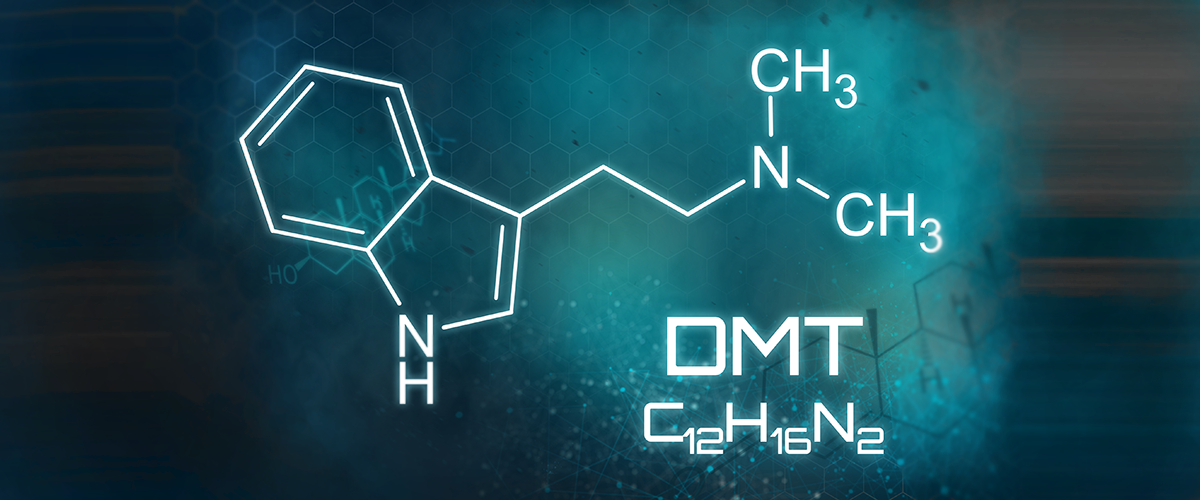
The main alkaloid of interest in Mimosa hostilis is, of course, dimethyltryptamine or N,N-DMT. Aside from DMT, the bark has also been found to contain tannins, saponins, various other alkaloids, phytoserotonin, lipids, phytosterols, glucosides, xylose, rhamnose, arabinose, lupeol, methoxychalcones, and kukulkanins.
An interesting bit of DMT trivia regarding Mimosa hostilis is that Oswaldo Gonçalves de Lima, who reported on indigenous use of vinho da jurema in 1946, actually isolated an alkaloid from the root bark of the jurema plant that same year. He called it nigerina.
Thirteen years later, in 1959, he sent additional samples to a US pharmaceutical company, which isolated an almost identical concentration of N,N-DMT from it. The first isolation of DMT from a natural source is normally attributed to M. S. Fish, who extracted it from Adenanthera peregrina (a perennial leguminous plant used for making psychoactive snuffs in many South American indigenous cultures) in 1955.
The pieces of the puzzle indicate that nigerina may actually have been a tainted DMT extract; if this is correct, Gonçalves de Lima was actually the first to find DMT in any plant, and Mimosa hostilis is the first plant in which DMT was discovered!
As for how much DMT content is actually present in Mimosa hostilis, accounts differ. According to Jonathan Ott’s legendary report from 1997, the various analyses of the plant’s root bark yielded DMT concentrations between 1 and 11%.
Ott then compared these levels with the 0-0.66% concentrations found in numerous samples of Psychotria viridis, the most common DMT-containing ingredient used for making ayahuasca. Even the difference between conservative estimates of the DMT content in M. hostilis and generous estimates of its concentrations in P. viridis was significant, placing M. hostilis far ahead in psychedelic potency.
Ott went on to contrast the amounts of solid plant matter used in the making of vinho da jurema and ayahuasca respectively, and ended up with an estimate that jurema concoctions are “at least 2.5-3.0 times higher in DMT than typical ayahuasca.”
Christian Rätsch’s Encyclopedia of Psychoactive Plants included more research on M. hostilis, and it stated a more precise and conservative range of the DMT content in the root bark—between 0.57 and 1.7%. A 2005 study found 0.33% in the bark, which makes it comparable to P. viridis. Nowadays, 1% is mostly accepted as an average DMT content in M. hostilis.
The stem bark and flowers of the plant were also found to contain some DMT, but only in trace amounts—around 0.03% and 0.01% respectively.

Although the root bark, commonly used in the preparation of vinho da jurema, contains a substantial amount of the psychoactive molecule DMT, consuming concoctions made solely from it will not yield psychoactive effects unless extreme doses are taken.
This is due to the fact that, when DMT is ingested orally, it gets rapidly broken down by monoamine oxidase (MAO) enzymes as soon as it reaches the stomach. Like with ayahuasca, a second component is needed to inhibit these enzymes and allow the DMT safe passage into the bloodstream and to the brain. Ayahuasca is made with the B. caapi vine, whose β-carboline alkaloids take care of this inhibition process. Although there have been some assertions in various reports, no β-carboline alkaloids have been found in Mimosa hostilis.
So, how could this plant have been used for ritualistic, visionary, and spirit journeying purposes if its oral preparations are not psychoactive?
Well, there are several theories about this, but the truth is—we don’t know for sure.
One explanation, which we’ve mentioned already, is that the original Jurema Cult may have used an additional MAOI-containing ingredient such as passionfruit juice, or maybe even the more potent, but less local Syrian rue seeds.
A different account reasons that some of the DMT in M. hostilis may be bound to some radicals or other compounds, allowing some of it to remain intact when consumed orally. This is the case with psilocin in magic mushrooms—this compound is actually 4-HO-DMT, or N,N-DMT with four hydroxy radicals, which protect it from being metabolized by the MAO gut enzymes.
There is also speculation that β-carboline alkaloids may be produced internally by the body in some way via the serotonin contained in the plant. There is no solid biochemical reasoning behind this, as far as we know.
Another recent theory was that a compound that was isolated from M. hostilis and named yuremamine could have exerted some sort of effect on DMT to protect it from being metabolized. At discovery, it was thought that this compound was the first in a novel class of phytoindoles; however, later total synthesis and revision of the proposed molecular structure showed that it’s just a flavonoid derivative and that it couldn’t have such chemical powers. We list this debunked theory as a reminder that we really don’t have the complete picture of what M. hostilis consists of and how it works; science should give this amazing plant more attention.
The most likely scenario is that the indigenous preparations of vinho da jurema simply included tons of the bark. Overwhelming the MAO resources of the body would probably allow for some DMT to sneak into the brain and do what it does best.
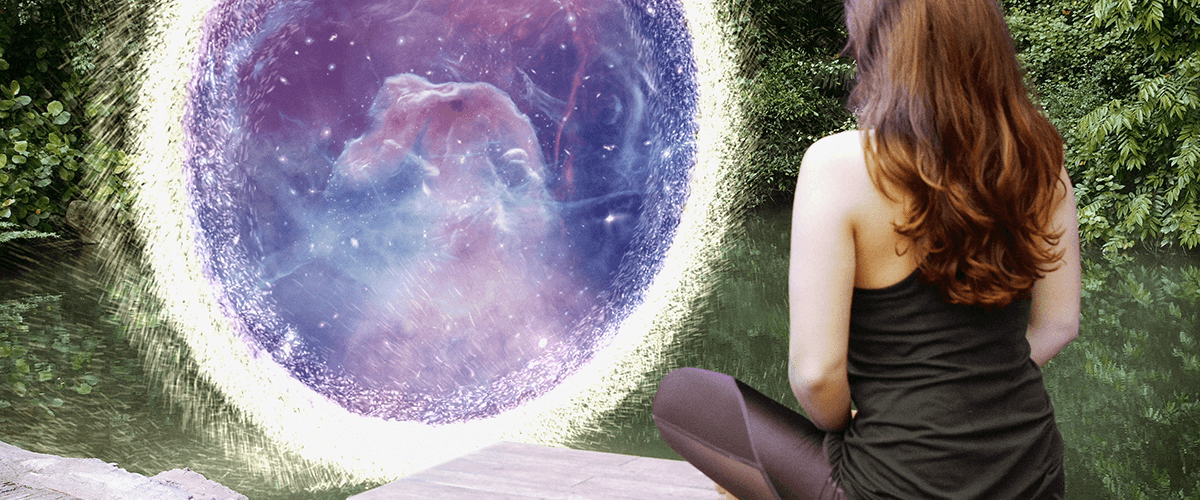
The medicinal application of this plant never really transcended the boundaries of traditional use in its native cultures. As such, there is little scientific research available to confirm its purported therapeutic benefits; one exception is its stimulating effect on the immune system, which was described in 1993. Still, we will list its applications as per indigenous tradition and experience.
Mimosa hostilis tonics and topical solutions are used for:
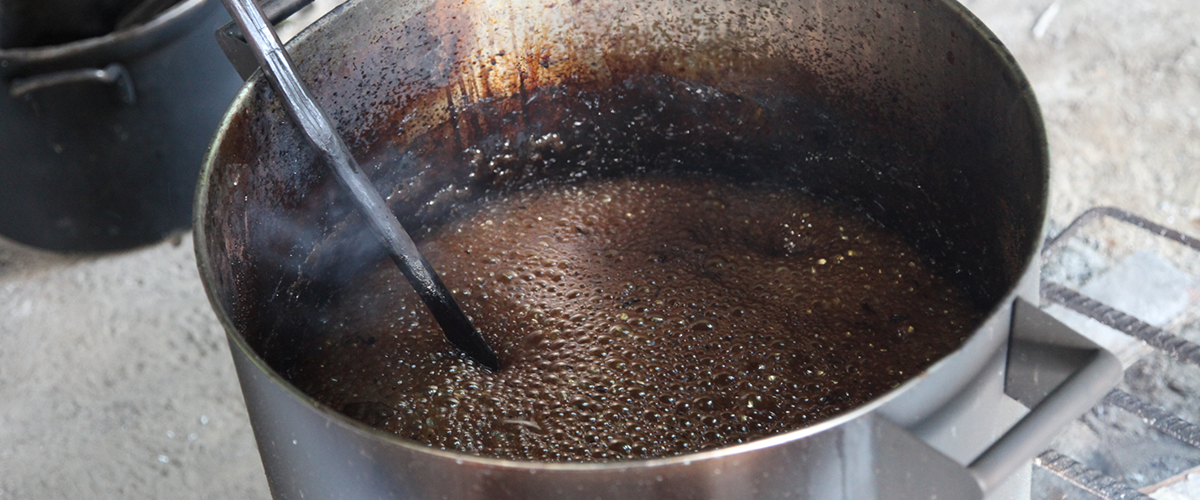
Depending on which MAOI ingredient you choose, the process of making anahuasca or pharmahuasca with M. hostilis as a source of DMT can be quite straightforward or a bit more complex.
The easiest way to prepare Mimosa hostilis for consumption is to soak it in water; this is also how many of the Jurema Cult shamans would do it traditionally. Depending on your level of experience, between 10 and 30 g of finely shredded or powdered root bark should be placed in 150 ml of cold water for an hour, with occasional stirring. After that, the plant matter should be filtered out and the process repeated again in freshwater. Strain again and consume both liquids. Quick and simple.
Brewing Mimosa hostilis, however, should yield a significantly more potent experience than cold-soaking it, and significantly less of the bark is needed—between 5 and 10 g, depending on your experience. If you choose to brew the bark, you may want to consider the following:
The brewing process itself is quite straightforward if you follow the steps diligently:
Finally, the MAOI portion should be prepared. The most commonly used ingredients are Syrian rue seeds, B. caapi vine (shredded or powdered bark or concentrated extract), or one or more of the individual ß-carboline alkaloids, per personal preference.
MAOIs should be ingested at least 15-20 min, and up to an hour before Mimosa hostilis; this will give them time to inhibit the enzymes which normally metabolize DMT once it’s in the stomach.
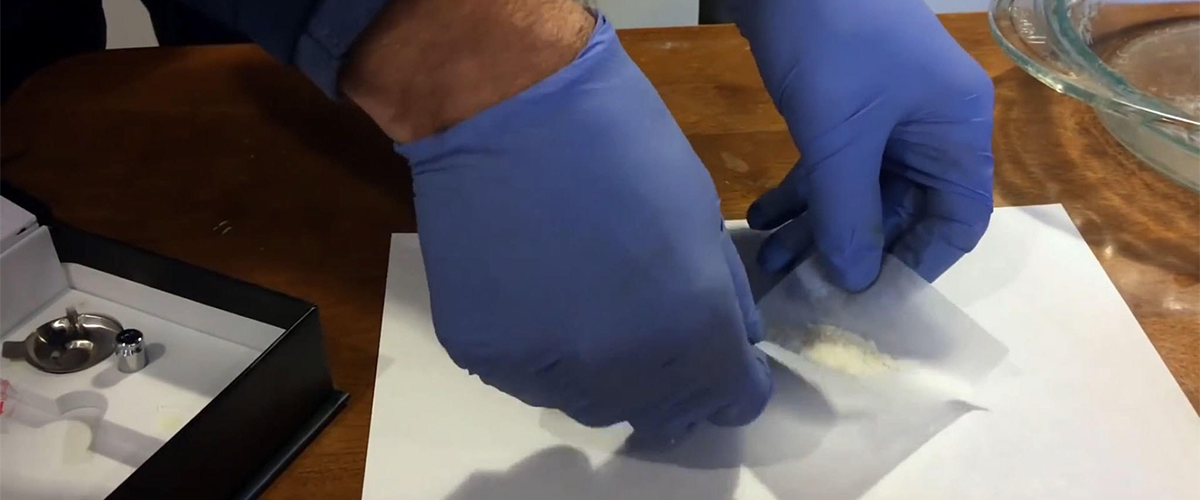
Many psychonauts prefer obtaining DMT from Mimosa hostilis rather than brewing the bark; the upside of extracting DMT crystals is that they can be stored indefinitely and consumed more easily, either orally by simply dissolving them in water or taking them in a capsule, or by smoking or vaporizing them. However, DMT extraction is a chemical process and it requires a bit more effort than brewing.
There are many ways to extract freebase dimethyltryptamine from Mimosa hostilis. The chemistry of the extraction is fairly straightforward, but the process itself should be approached with caution and carried out with preciseness in order to prevent potential chemical accidents and get good quality yields.
The simplest method to isolate the DMT is by dissolving the Mimosa hostilis root bark, which should be finely ground in order to maximize the surface area from which alkaloids can be extracted. This is what it looks like in a nutshell:
There are other, more complex ways to extract freebase DMT, and, generally speaking, the more work they take, the better and purer the yield will be. You can find many methods described in great detail here. Noman’s tek is commonly used, and it’s recommended as the best in terms of effort-to-yield quality ratio.

As the main psychoactive element of Mimosa hostilis is DMT, the same warnings and use restrictions apply.
The most common physiological side-effects of consuming DMT include: an increase in heart rate and blood pressure, dizziness, confusion, lack of coordination, nausea (especially if M. hostilis brew is prepared without extracting the tannins from it, or if the brew or just freebase DMT are consumed with a B. caapi-based preparation, which often induces nausea and purging on its own), shivering, spasms, and, potentially, a loss of consciousness. If you have a pre-existing heart condition, such as hypertension, you should take high precautions when consuming a M. hostilis and/or B. caapi concoction, as well as DMT, or avoid consuming them altogether.
DMT and anahuasca/pharmahuasca experiences are best enjoyed in a spacious, comfortable environment, as the loss of coordination may result in injury if the space is not safe enough. Having a sober sitter present during the trip is highly advised, especially for first-timers.
The visual hallucinations DMT can induce can significantly distort your perception of the environment. This can create confusion, which may escalate into anxiety or panic. The closed-eyed visualizations can also be overwhelming and may cause a feeling of discomfort or fear or, more extremely, psychological trauma. Bad trips on DMT are not uncommon, and they can be far more harrowing than on other psychedelics.
DMT can also create a feeling of dissociation between the mind/soul and the body. Some view this process, often referred to as an ego-death experience, as the holy grail of DMT trips. It can catalyze incredibly powerful and profound shifts in consciousness; however, it can also induce symptoms of depersonalization, which may be difficult to recover from and integrate.
Lastly, the cases where DMT might really be potentially dangerous are those when it is used in combination with other drugs or medication. As a general rule, it should not be mixed with any substance that alters serotonin levels (such as anti-depressant SSRI medication) or blood pressure (such as alcohol or hyper/hypotension medication). These interactions can lead to serotonin syndrome or hypertensive crisis respectively, both of which can have fatal outcomes. This becomes an even greater threat if MAOIs are ingested along with DMT, as they potentiate the effects even more. You can read more details about the side effects of the B. caapi MAOIs themselves in our ayahuasca beginner’s guide.
It goes without saying that other psychoactive substances, such as opioids, CNS depressants or stimulants, phenethylamines, methamphetamines, barbiturates, antipsychotics, and other intense mind-altering substances should also not be used concurrently with DMT. These interactions have not yet been fully researched, but it’s quite likely that there may be a serious risk of harm.

There are many options to purchase Mimosa hostilis online, but you will be hard-pressed to find a shop with our reputation and prices.
Elephantos has been a top-tier psychedelic provider for over 18 years, and we know that the way to stay on top is to prioritize product quality and customer satisfaction. You can trust us to serve you with the best products, lowest prices, utmost discretion, and fast delivery.
Youtube: